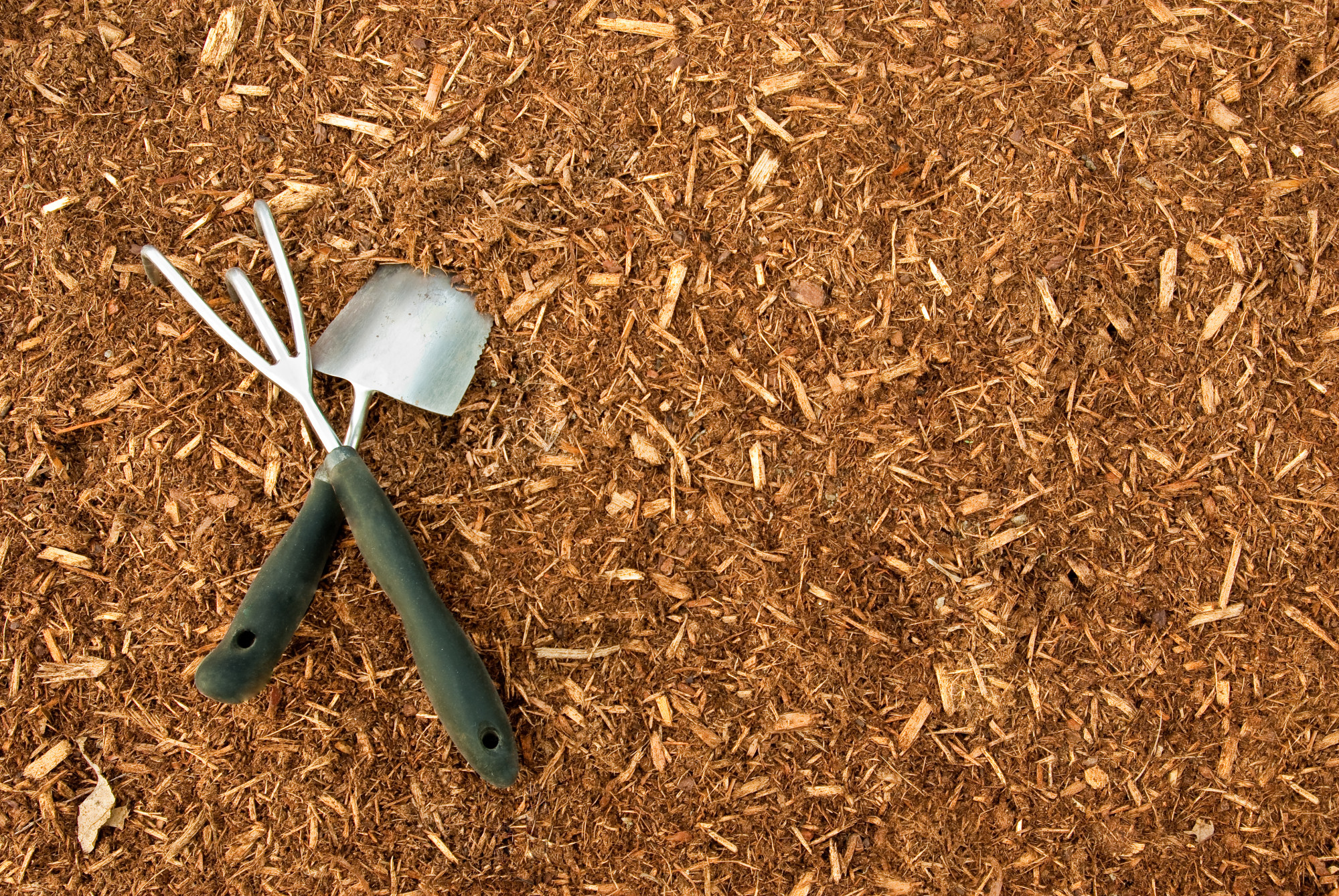In 2020, 55% of adults in America are gardening and caring for their lawns. People of all ages are turning to gardening as a hobby, a means of stress relief, and a food source.
Unfortunately, your job isn’t over once you’ve planted seeds. For most plants, adding mulch can create a nourishing environment.
The trouble is, there are so many types of mulch to choose from.
Luckily, each mulch type has a particular use. Read on to learn about the many types of mulch so you can choose the right one for your garden.
Organic and Inorganic: The Two Main Types of Mulch
Mulch is a soil covering that you put around plants or cover the ground. It keeps moisture in the soil and keeps weeds at bay.
Homeowners can choose either organic or inorganic mulch for their lawns and gardens. Organic mulches break down over time, so you’ll need to add more later. Wood chips, grass, and straw are a few examples.
Inorganic mulch doesn’t break down. Some examples include landscape fabric and rocks.
Bark Mulch
According to Pacific Lawn Maintenance, roughly 50% of the moisture in your yard evaporates. Bark mulch is one of the most popular types because it keeps moisture in, while also improving the look of your flower beds.
Use it in your perennial flower beds or around trees and bushes. It takes a long time to break down, so you won’t need to replace it very often.
Straw Mulch
Straw is great for vegetable gardens and for protecting new grass seed. You can put down straw in the rows between your vegetable plants to keep the ground from getting muddy.
For grass seed, it keeps birds from eating the seeds and it provides extra moisture.
Shredded Leaves and Grass
The next time you rake leaves, you can use the leaf mulch in your flower beds and around trees. They may not look pretty, but they break down quickly and provide great nutrients for the soil. Plus, it’s free.
If you don’t spray your lawn with pesticides, you can use your clippings as free mulch. Grass clippings work great in vegetable gardens. Use a thin layer and rake it into the soil as it decomposes.
Cocoa Hull Mulch
Cocoa hull mulch uses ground up shells from cocoa beans. They have a subtle chocolaty smell, but it can be dangerous for dogs, cats, and other wild animals.
You can use this mulch type on anything, but it breaks down quickly. It’s also a more expensive option.
Rocks, Stones, and Landscape Fabrics
These are all examples of inorganic mulch because they don’t decompose. That means you won’t have to replace them like you do with organic mulch.
Don’t use rocks around trees or bushes. They don’t hold water and their heat can even damage plant roots.
Landscape fabric keeps weeds away while also providing water and air. You can top it with bark mulch to encourage more moisture.
Add Mulch to Your Garden Today
Whether you need something to go around a tree, to spruce up your flower beds, or to nourish your garden, there are several types of mulch to choose from. Think about your budget and your gardening goals to choose the right one.
For more information on gardening and home maintenance, keep scrolling through our blog.

